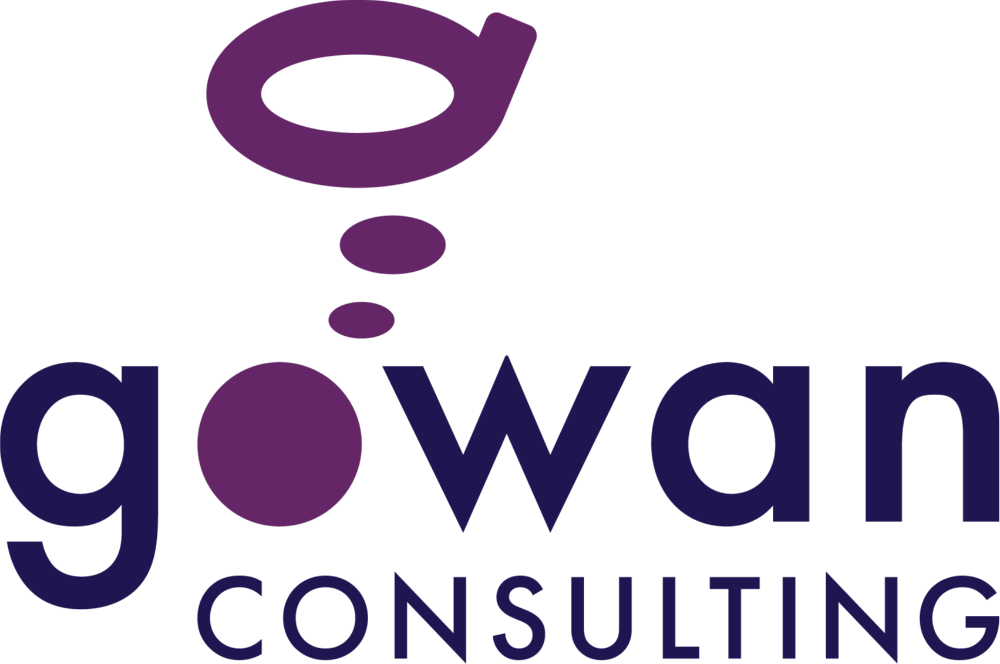Invisible Disabilities in the Workplace
Oct 12, 2023
While progress has been made in embracing diversity in race, gender, and sexual orientation, there is still much work to be done when it comes to understanding and accommodating disabilities in the workplace, especially invisible ones.
According to the most recently published Canadian Income Survey (CIS), 8.9 million working-age Canadians (i.e., 16 years and older) have a disability.1 This is equal to 28 percent of the population. Since the COVID-19 pandemic, workplaces have reported an increased prevalence of disability among employees of approximately 3 percent. This increase has been largely attributed to an increase in mental health related disabilities among those already employed. Unfortunately, only 3 in 5 Canadians with a disability find employment, and those living with disabilities are twice as likely to live in poverty.1
These statistics start to indicate the significant prevalence of disabilities in Canadian society. However, these numbers may not accurately reflect the entire picture of the disability landscape in Canada. In particular, invisible disabilities often go unreported. To truly embrace diversity and inclusion, we must recognize these disabilities in the workplace and accommodate employees so they can thrive and work to their full potential.
Understanding Invisible Disabilities
Invisible disabilities refer to a wide range of conditions that are not immediately apparent to others. These disabilities can affect a person's physical, mental, or cognitive functioning, often causing limitations or challenges in daily life. Some common examples include:
- Chronic Pain: Conditions like fibromyalgia or arthritis can cause persistent pain and discomfort.
- Mental Health Conditions: Disorders such as depression, anxiety, bipolar disorder, or post-traumatic stress disorder (PTSD) may not be visible but can have a profound impact on an individual's well-being and performance.
- Neurological Conditions: Disorders like epilepsy, autism, or multiple sclerosis can can affect a person’s ability to perform certain job tasks.
- Chronic Fatigue Syndrome: People with this condition often experience extreme fatigue, making it difficult to maintain regular work hours.
- Learning Disabilities: Conditions like dyslexia or ADHD may not be apparent but can affect an individual's ability to process information or stay focused.
Some ways that hidden disabilities show up at work include the following:
- Learning: difficulty remembering, concentrating, retaining information. Repeated requests for information or clarification, looks of confusion, difficulty following instructions, lack of training success.
- Performance: absences, errors, lateness, slower to finish assigned tasks
- Communication: difficulty communicating needs, difficulty with regulating emotions during times of stress, difficult accepting feedback
- Relationships with co-workers: increased conflict with coworkers, difficulty engaging in meetings, increased irritability or angry reactions, avoidance of social settings
- Access to work tools
- Appearance: tired, different body language, fidgeting
Challenges Faced by Individuals with Invisible Disabilities
- Stigma and Misunderstanding: One of the most significant challenges individuals with invisible disabilities face is the stigma and lack of understanding from others. Colleagues and supervisors may not fully grasp the extent of their limitations, leading to misconceptions and biases.
- Limited Accommodations: Unlike physical disabilities that often have visible markers (e.g., a wheelchair), accommodations for invisible disabilities may not be readily apparent. Employers may struggle to provide the necessary support.
- Disclosure Dilemma: Many employees with invisible disabilities grapple with whether or not to disclose their condition to their employer. The fear of discrimination or judgment can deter individuals from seeking necessary accommodations.
According to research from Dr. Monique Gignac, there are various reasons why employees may or may not disclose their health conditions2:
Reasons for Disclosure:
- Felt job was secure and safe to discuss.
- Wanted to make changes to the job and get support.
- Believed their health/disability could affect their job.
- Others noticed and asked if there was a problem.
- Health/disability was worsening and needed to disclose.
Reasons for Non-Disclosure:
- Believed they could manage at work without others knowing.
- Thought their health/disability didn't affect their job.
- Believed people didn't have the right to know.
- Felt nothing could be done, so there was no point in discussing.
- Concerned about lost opportunities or job security.
Research shows that 88% of employees with hidden disabilities choose not to disclose their disability at work to avoid discrimination and stigma.3 Those employees who do disclose their hidden disabilities often report feeling excluded at work, resulting in reduced productivity and lower morale. They are also more likely to receive fewer benefits or access to training and opportunities for advancement. Research has also found that employers lack awareness about the needs of employees with hidden disabilities and are often ill-prepared to provide the necessary accommodations and support. As a result, employees with hidden disabilities may struggle in silence, be misunderstood, and feel unsupported. Further, this can lead to psychological and physical distress, increasing their risk for poor well-being, social exclusion, and decreased job performance and satisfaction.
What If the Employee Does Not Disclose?
One key aspect to remember is that as a manager, you may not be aware of an employee's health condition or personal challenges. If an employee is not ready to disclose, you can keep the conversation focused on strategies to assist them in their core job tasks. Create a plan with them to trial some of the strategies and set a time in about a week to check back in. If performance or behaviour continues to be a challenge in subsequent meetings, continue to remind them of the option for accommodation support, but reinforce the expectations of the role that need to be met.
It's essential to create an open and supportive environment and ask employees how you can support them in the workplace. Eventually through your supportive conversations, they may feel ready to disclose. Ensuring that you are practicing the principles of inclusive leadership can also create an environment that fosters disclosure. These principles include:
- Leading with humility and empathy.
- Seeking to build relationships.
- Valuing the skill of listening.
- Investing time and resources into building a culture of learning for all.
What Can Employers Do to Create Inclusive Workplaces?
To build an inclusive workplace for individuals with invisible disabilities, employers can take proactive steps:
- Education and Awareness: Employers should foster an environment where all employees understand invisible disabilities better. This can be achieved through training programs, workshops, and open discussions.
- Flexible Work Arrangements: Offering flexible work hours or remote work options can greatly benefit individuals with invisible disabilities, allowing them to manage their conditions more effectively.
- Reasonable Accommodations: Employers should actively engage with employees to identify and provide reasonable accommodations. These could include adjusted workspaces, modified job duties, or additional breaks.
- Non-Discriminatory Policies: Implement and enforce policies that protect employees from discrimination based on disability. Encourage open communication and provide clear channels for reporting concerns.
- Supportive Leadership: Managers and supervisors play a crucial role in fostering an inclusive workplace. They should lead by example, demonstrate empathy, and be approachable for employees seeking accommodations.
How Can Gowan Consulting Help?
Gowan Consulting provides a structured approach to disability management from prevention to intervention to return to function. Our Occupational Therapists and our individualized solution-focused approach gives your organization the tools it needs to manage employees’ health needs as they arise in order to minimize the possibility or impact of work disability. We can provide the following services and training:
- Our Occupational Therapists can provide accommodation assessments to assess employees’ function in the workplace and provide tools and strategies for the workplace. Make a referral here.
- Contact us to learn how our team can provide accessibility support for your workplace and help implement effective and inclusive policies.
- We offer a variety of inclusive leadership trainings. Check out our online store for our current public webinars and workshops or contact us at [email protected] to learn about our customized training options.
Resources
[1] Government of Canada. (2023, May 1). Canadian income survey - 2021 (CIS). Surveys and statistical programs. https://www23.statcan.gc.ca/imdb/p2SV.pl?Function=getSurvey&SDDS=5200
[2] Institute for Work & Health. (2020, November 24). Does it matter what workers’ reasons are for disclosing or not disclosing a disability at work? why and how? https://www.iwh.on.ca/events/speaker-series/2020-nov-24
[3] Holland, J. (2022, February 25). The hidden challenges of invisible disabilities. BBC Worklife. https://www.bbc.com/worklife/article/20170605-the-hidden-challenges-of-invisible-disabilities

